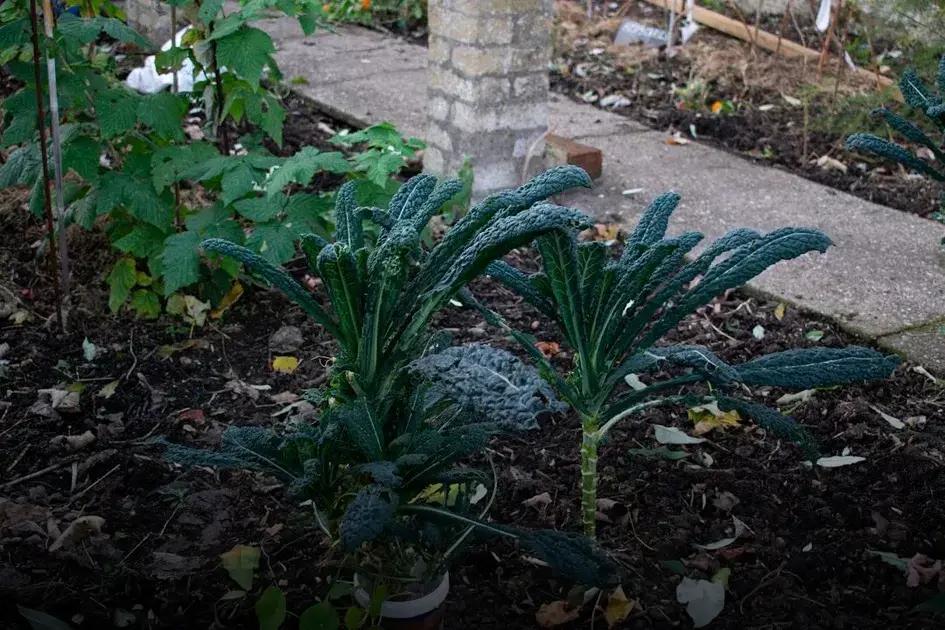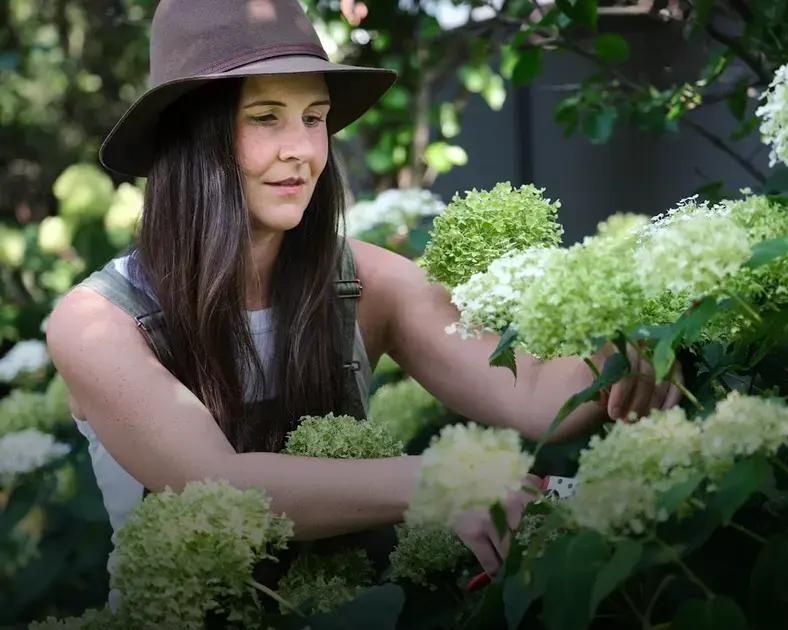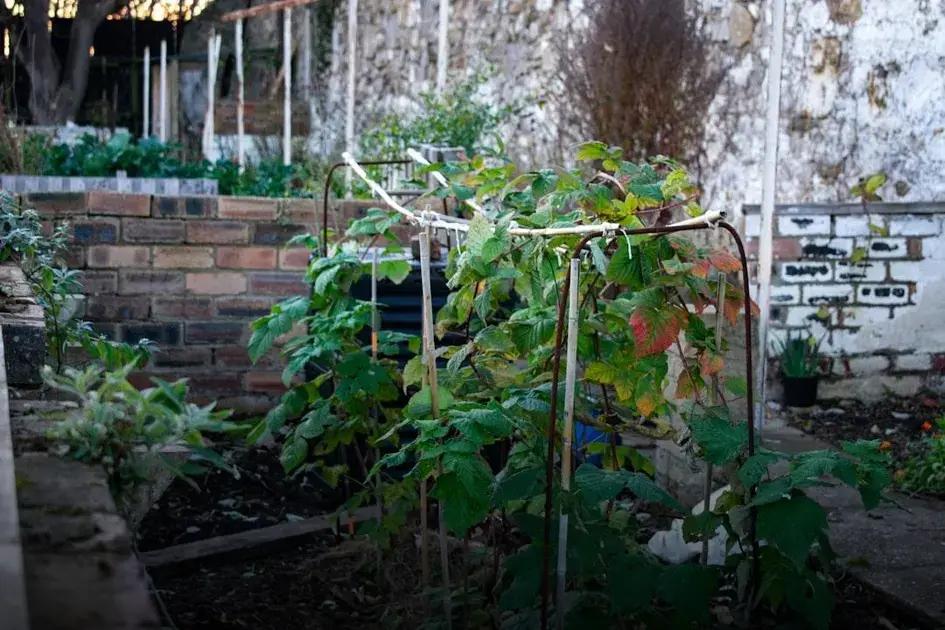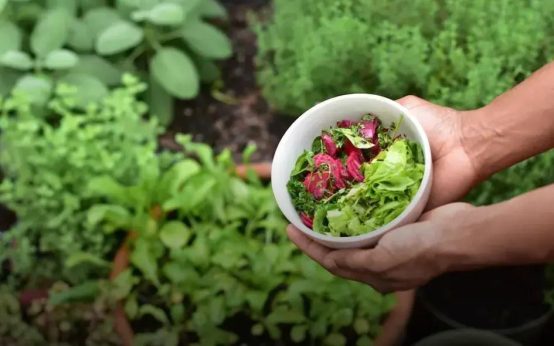Are you looking to revamp your outdoor space with some garden design ideas to transform your backyard? Transforming your backyard can seem daunting, but with the right plan, you can create a perfect haven. From creatively using the available space to incorporating enchanting water features, let your imagination run wild. Choose the right plants for each season and consider using vertical gardens to maximize space. Illuminate your garden creatively, as lighting plays a crucial role in setting the mood. Dive into these tips and transform your backyard without breaking the bank.
Creative Use of Space in Garden Design
Garden design is an art of maximizing space to create a harmonious and aesthetically pleasing environment. When thinking about making the most out of the available area in your garden, consider the creative use of vertical and horizontal spaces. This approach not only enhances the visual appeal of the garden but also improves its functionality.
Start by analyzing the existing layout. Look for opportunities to integrate multi-level designs that can include raised beds, hanging planters, or even terraced sections. Such features add depth and perspective, making small spaces appear larger.
In areas with limited ground space, vertical gardening can be a game-changer. Use trellises, garden walls, or fence panels to grow climbing plants like ivy or beans. Not only do they save space, but they also bring forth a stunning green canvas that can change with the seasons, providing dynamic visuals throughout the year.
Think about the path layout as well. Curved paths can create an illusion of a larger garden, and strategically placed stepping stones can guide visitors through different sections, giving the garden a more expansive feel. Use natural materials to keep the look organic and inviting.
Incorporate functional zones to make your space more versatile. Designate areas for seating, dining, or relaxation. Consider built-in benches with storage to make efficient use of the space. This ensures practicality without sacrificing style.
Ultimately, the goal is to blend creativity with functionality, creating a garden that’s both beautiful and tailored to personal needs. Think outside the box by using mixed materials, integrating layers, and adding unexpected elements like mirrors to reflect light and space.
Incorporating Water Features

Integrating water features into your garden design can bring a sense of tranquility and movement, enhancing the overall ambiance of your backyard. Consider adding a small pond which can serve as a focal point, attracting local wildlife and creating a serene environment.
Waterfalls and Streams
Incorporating a cascading waterfall or a gentle stream can add soothing sounds to your garden, masking unwanted noise from the surroundings. Ensure the water source and flow are energy-efficient and sustainable, perhaps using solar-powered pumps.
Fountains bring elegance and can be adapted to fit any garden size. From grand, multi-tiered designs to simple, bubbling rocks, fountains can add a dynamic visual and auditory element to your space.
Water features also provide numerous benefits for your backyard ecosystem. They can create micro-habitats for different species and help to cool the surrounding air. Additionally, placing aquatic plants can enhance the aesthetic appeal while supporting the local ecology.
When planning, remember to consider the placement and maintenance needs of water features. Regular cleaning and care ensure longevity and optimal performance, keeping your garden both beautiful and functional.
Choosing the Right Plants for Seasons
When planning your garden, it’s crucial to select plants that thrive in various seasons to ensure continuous beauty all year round. Each plant type offers unique benefits that align with the changing weather patterns, providing a dynamic and thriving garden. Start by considering your local climate and the growing conditions suitable for different plants.
Spring:
During spring, opt for bulbs and perennials that bloom early, such as tulips, daffodils, and hyacinths. These plants offer vibrant colors and help set the stage for a lively garden. Consider planting annuals as well, like pansies and petunias, which can provide continuous blooms as temperatures rise.
Summer:
For summer, select heat-tolerant plants such as sunflowers, lavender, and marigolds. These plants withstand warmer conditions and require less frequent watering once established. If space permits, adding a few fruiting plants like tomatoes or peppers can both enhance your garden’s appearance and offer fresh produce.
Fall:
As temperatures begin to drop, integrate plants that showcase vibrant autumn colors. Chrysanthemums, asters, and ornamental grasses can add texture and visual interest. Implement late-blooming perennials that can continue to offer color and structure as other plants begin to fade.
Winter:
Even in the colder months, you can retain garden appeal with evergreens and winter-blooming varieties like hellebore. These plants offer greenery and flowers during the snow season, maintaining an engaging landscape. Additionally, ornamental plants such as holly with bright berries can offer both color and texture.
Choosing the right plants for seasonal conditions ensures your backyard remains a breathtaking sanctuary throughout the year. By understanding local conditions and plant needs, you create a thriving ecosystem that displays a range of textures and colors.
Utilizing Vertical Gardens Effectively

One of the most innovative ideas for transforming your backyard is the use of vertical gardens. They allow you to cultivate a diverse array of plants, even in tight spaces, and add a unique aesthetic element to any garden design.
Choosing the Right Plants for Vertical Gardens
When planning a vertical garden, consider shade-loving plants for areas with limited sunlight and sun-loving varieties for brighter spots. Herbs, succulents, and small flowering plants are excellent choices due to their adaptability and ease of maintenance.
Structure and Support
The design of your vertical garden should include a sturdy framework to support the weight of the plants. Options include wooden pallets, metal frameworks, or premade panels designed for vertical planting. Ensure that these structures are secured firmly to prevent any mishaps.
Another key aspect is the irrigation system. Installing a drip irrigation system can help maintain the necessary moisture levels, crucial for plants growing in vertical orientations.
Maximizing Space Creativity
Vertical gardens are not only functional but also serve as a blank canvas for creativity. Consider incorporating elements like hanging planters, pocket gardens, and trellises that add depth and dimension. Customize the design to reflect your taste while also ensuring it complements the overall theme of your garden.
Moreover, this garden style promotes sustainability. By using recyclable materials and choosing native plants, you contribute positively to the environment.
The Role of Lighting in Garden Design
Lighting plays a transformative role in garden design, turning outdoor spaces into magical retreats after sunset. Well-placed lighting can accentuate focal points such as sculptures or water features, enhancing their visual appeal. Consider installing spotlights to highlight trees and shrubs, creating beautiful shadows and depth.
Pathway lighting
is not only practical for safety, but it also adds a warm and inviting glow that guides visitors through the garden. String lights draped over a pergola or patio area can create a cozy ambiance for evening gatherings. Additionally, solar-powered fixtures are eco-friendly options that reduce energy consumption while providing illumination. Explore different lighting angles and intensities to experiment with mood and atmosphere, ensuring that your garden remains enchanting both day and night.


 Hosting a Garden Party: Decorate Naturally with Ease
Hosting a Garden Party: Decorate Naturally with Ease  Outdoor Lighting Ideas to Highlight Your Garden at Night
Outdoor Lighting Ideas to Highlight Your Garden at Night  Incorporating Water Features: Transform Your Garden Oasis
Incorporating Water Features: Transform Your Garden Oasis